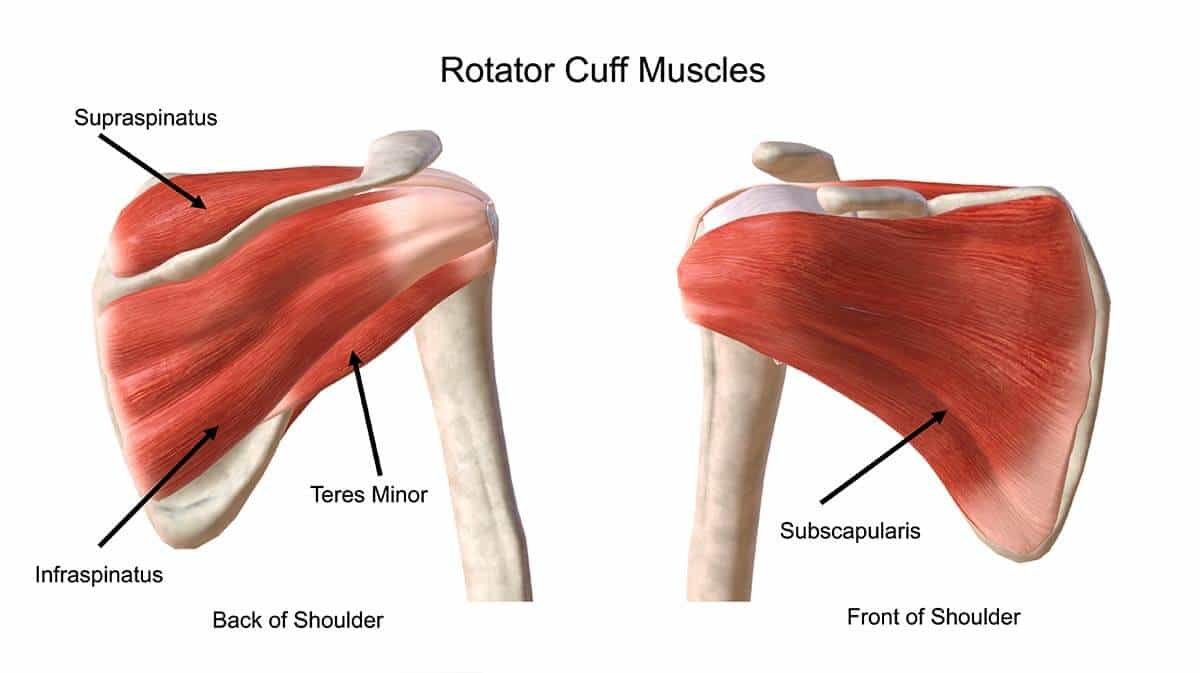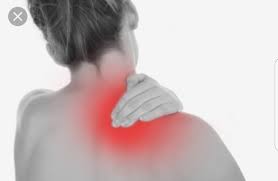
Understanding Rotator Cuff-Related Pain
Rotator cuff related pain is a common musculoskeletal condition that affects millions of people worldwide. The rotator cuff consists of a group of four muscles and tendons that stabilize the shoulder joint and allow for a wide range of motion. When these structures become injured or damaged, they can lead to pain, discomfort, and limited mobility. In this blog post, we will delve into the causes, symptoms, acute phase management, and long-term outcomes of rotator cuff related pain.
Introduction:
Rotator cuff related pain is a common musculoskeletal condition that affects millions of people worldwide. The rotator cuff consists of a group of four muscles and tendons that stabilize the shoulder joint and allow for a wide range of motion. When these structures become injured or damaged, they can lead to pain, discomfort, and limited mobility. In this blog post, we will delve into the causes, symptoms, acute phase management, and long-term outcomes of rotator cuff related pain.
Causes:
Overuse and Repetitive Strain: Engaging in repetitive overhead activities such as painting, throwing, or lifting can strain the rotator cuff muscles over time, leading to inflammation and pain.
Trauma or Injury: A fall onto an outstretched arm, direct impact, or sudden force can cause tears or strains in the rotator cuff tendons or muscles.
Age-Related Degeneration: As we age, the blood supply to the tendons decreases, making them more susceptible to degeneration and tears.
Poor Posture: Bad posture can alter the mechanics of the shoulder joint, increasing the risk of impingement and rotator cuff irritation.
Muscle Imbalances: Weakness or imbalances in the muscles surrounding the shoulder can affect the stability of the joint and contribute to pain.
Symptoms:
Pain: Dull, aching, or sharp pain in the shoulder or upper arm, particularly during overhead movements or while sleeping on the affected side.
Limited Range of Motion: Difficulty reaching, lifting, or performing everyday activities that involve shoulder movement.
Weakness: Reduced strength during arm movements and difficulty holding objects.
Clicking or Popping Sensation: Some individuals may experience clicking, popping, or grinding sensations during shoulder movement.
Night Pain: Discomfort and interrupted sleep due to shoulder pain while lying on the affected side.
Acute Phase Management:
Rest from Aggravating Activities: Give your shoulder time to heal by avoiding activities that exacerbate the pain.
Avoid Overhead Activities: Minimize or modify activities that involve repetitive overhead movements.
Ice: Applying ice to the affected area for 15-20 minutes several times a day can help reduce inflammation and alleviate pain.
Pain Management: Over-the-counter nonsteroidal anti-inflammatory drugs (NSAIDs) can help manage pain and inflammation, but consult a healthcare professional before use.
Physiotherapy: We can design a tailored exercise program here in the clinic to improve range of motion, strengthen muscles, and correct any imbalances.
Long-Term Outcomes and Management:
Physiotherapy and Exercise: Regular participation in a structured rehabilitation program can lead to improved shoulder function, reduced pain, and enhanced muscle strength.
Posture Correction: Learning proper posture techniques can prevent unnecessary stress on the shoulder joint and reduce the risk of future injuries.
Gradual Return to Activities: As your shoulder heals, gradually reintroduce activities while maintaining proper form and technique to prevent re-injury.
Healthy Lifestyle: Maintaining a healthy weight, staying active, and avoiding smoking can promote overall musculoskeletal health and aid in recovery.
Surgical Intervention: In severe cases where conservative treatments are ineffective, surgical options such as arthroscopic repair may be considered, but should not be the first choice in most cases.
Conclusion:
Rotator cuff related pain can significantly impact daily life, but with proper management and treatment, most individuals can experience complete relief and restored function. Early intervention, adherence to a rehabilitation plan, and lifestyle modifications can contribute to long-term positive outcomes. If you're experiencing shoulder pain, get in touch for a thorough evaluation and personalized guidance on managing your pain.
Thoracic Outlet Syndrome - A different shoulder diagnosis
The ‘Thoracic Outlet’ describes the compression of nerves (brachial plexus), arteries and veins resulting in pain, and altered sensations in and around the neck, chest and shoulder area. This is a rare syndrome only affecting 8% of the population.
What is thoracic outlet syndrome (TOS)?
The ‘Thoracic Outlet’ describes the compression of nerves (brachial plexus), arteries and veins resulting in pain, and altered sensations in and around the neck, chest and shoulder area. This is a rare syndrome only affecting 8% of the population.
There are commonly three areas of compression;
1. the border of the 1st rib and the anterior and medial scalene muscles.
2. the middle of the clavicle (collar bone), 1st rib and upper scapula (shoulder blade).
3. under the Pec Minor tendon and coracoid process.
How did I get Thoracic Outlet Syndrome?
You may be more at risk of TOS if you have…
o an extra rib in the neck
o a previous injury in this area (clavicle or upper ribs)
o poor posture
o poor shoulder motor control
o are between the ages 30-50’s
o 4x more frequent in females
What signs and symptoms might indicate TOS?
These may differ depending on whether it’s the artery or veins involved…
Arterial
- Pins and needles, numbness, tingling or weakness in the shoulder, arm or hand.
- Pain with lengthening the arm (nerve)
- Sensation of arm heaviness, cold or loss of colour
- Reduced radial pulse strength
Venous
- Swelling
- Reddened and/or warm skin
- Raised veins
Can physiotherapy help?
A physiotherapy assessment is crucial in negating all other possible diagnoses and assists treatment, management and onward referral if necessary. Thoracic Outlet Syndrome is very rare so ruling in or out any other likely causes of your pain is critical.
Conservative management should always be trialled initially to reduce symptoms and improve function and return to work before considering if further imaging may be required and/or if a combination of allied health professionals will be required to assist with overall management.






